Using Virtual Reality in Sea Level Rise Planning and Community Engagement
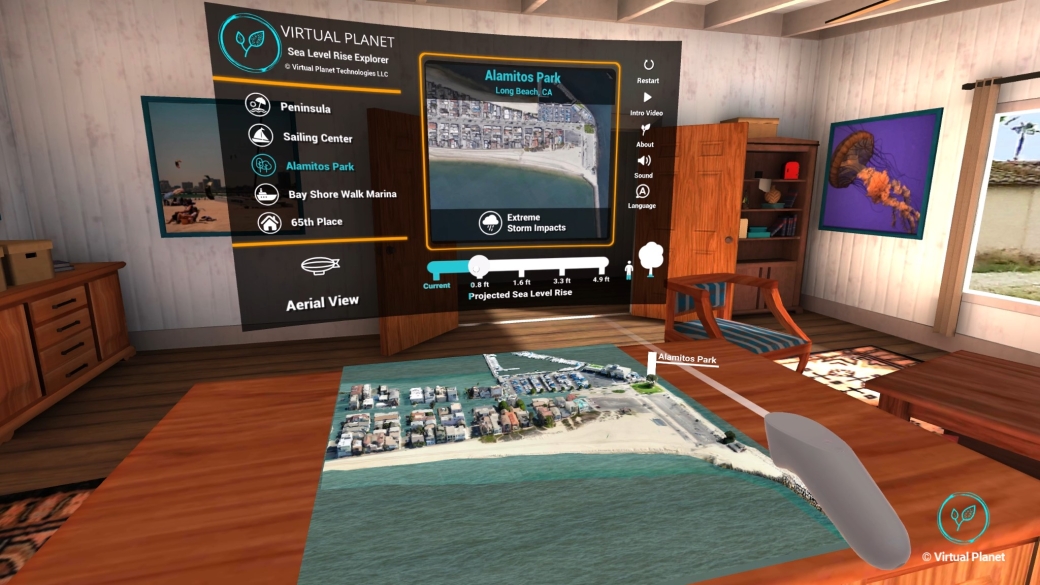
As coastal communities around the globe contend with the impacts of climate change including coastal hazards such as sea level rise and more frequent coastal storms, educating stakeholders and the general public has become essential in order to adapt to and mitigate these risks.
Researchers from the Middlebury Institute of International Studies at Monterey, the Virtual Human Interaction Lab and the Lemann Center at Stanford University, in a partnership with The Nature Conservancy (TNC), the City of Santa Cruz, and Virtual Planet Technologies announced the publication of a groundbreaking study about the use of Virtual Reality (VR) in sea level rise planning and community engagement. The study, “Using Virtual Reality in Sea Level Rise Planning and Community Engagement—An Overview,” is part of the special issue of Water, a peer-reviewed journal on water science and technology, dedicated to adaptation to coastal climate change and sea-level rise.
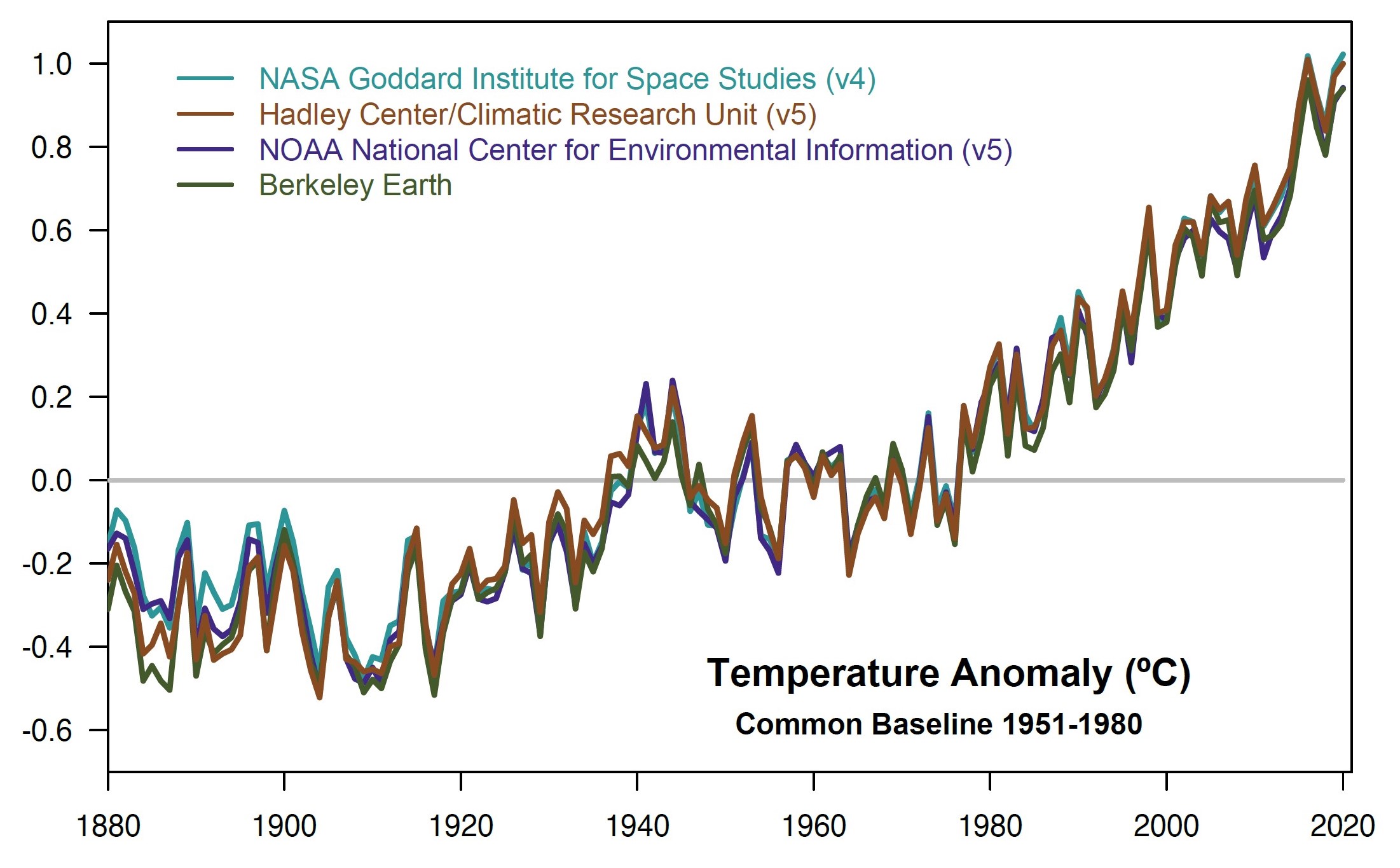
According to NASA, the last seven years have been the warmest seven years on record. Higher sea levels resulting from a warmer ocean and ice melting from the land will result in more frequent flooding from more intense storm surges pushing farther inland. As coastal communities around the globe contend with the impacts of climate change including coastal hazards such as sea level rise and more frequent coastal storms, educating stakeholders and the general public has become essential in order to adapt to and mitigate these risks.

“Communicating sea level rise and other coastal environmental issues is not a simple task,” said Anna Queiroz, researcher with the Lemann Center at Stanford University and co-author of the study. “Sea level rise (SLR) is an abstract phenomenon that is physically distant from many people, and most of its impacts are far in the future. Bringing this phenomenon psychologically closer to the community is a key element in supporting adaptation strategies,” said Dr. Queiroz.
“VR simulations may offer a way to overcome some of these challenges, enabling users to learn key principles related to climate change and coastal risks in an immersive, interactive, and safe learning environment.”
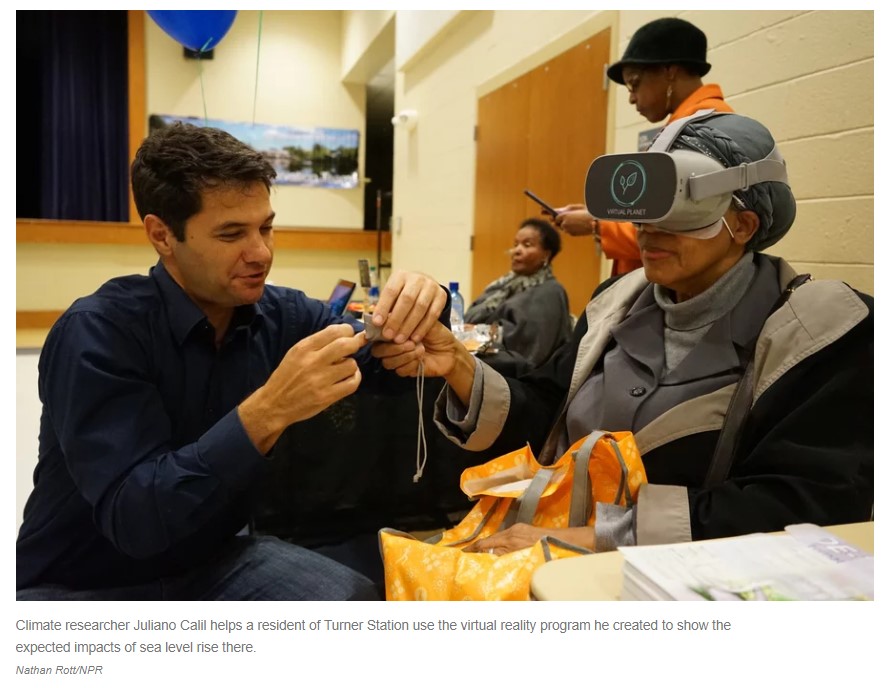
The novel study presents a review of the literature related to communication and community engagement focused on environmental issues, and significantly expands the discussion on the application of VR for environmental literacy. In the study, the authors provide a detailed account of how three coastal communities in the United States have used VR experiences to support communication and community outreach focused on SLR and discuss their implications. Their findings corroborate the findings from previous studies that compelling visuals and narrative framing can be effective in creating a space for dialogue, and VR simulations enhance communication between coastal management organizations, stakeholders, and the public.
Case Studies: Turner Station, MD
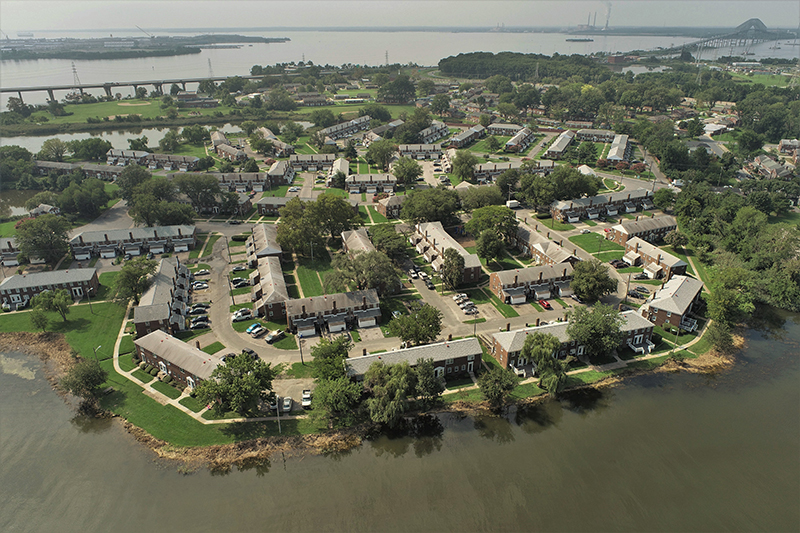
The goal of the project was to use VR to start a conversation with the community about the projected impacts of SLR and to work together in the development of adaptation strategies, identifying where and how nature-based solutions can reduce current and future risk and impacts. The realistic 360° images developed for the project resulted in an important dialog about the need to invest in broader community resilience beyond the original scope that would probably not have happened otherwise.
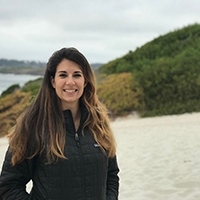
“We learned a great deal from this project with Virtual Planet and our wonderful community partners at Turner Station,” said Kelly Leo, Director of the Resilient Coasts Program for The Nature Conservancy in Maryland and Washington D.C. “As we look to build on this collaboration and begin exploring nature-based solutions with the community to reduce flood risk, the tool will play an important role in moving the dialogue forward.”
Case Studies: Santa Cruz, CA

The goals of the bilingual VR experience used in the Resilient Coast Santa Cruz Initiative’s engagement were (i) to provide a novel and compelling tool to increase awareness on SLR and (ii) to gain community feedback on coastal adaptation preferences. Nearly 63% of users of the VR experience at the Santa Cruz library (74 out of 118) reported a significant or very significant change in their awareness of SLR after participating in the VR experience.
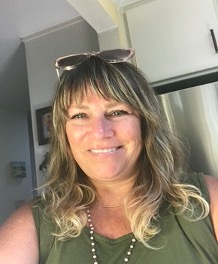
Co-author Tiffany Wise-West, sustainability and climate action manager at the City of Santa Cruz commented that, “VR gave us a new and effective tool to use to reach the community on sea level rise planning, and, because of the application’s multiple formats, such as web-based, mobile phone, became especially useful during the Covid-19 pandemic.”
Case Studies: Long Beach, CA
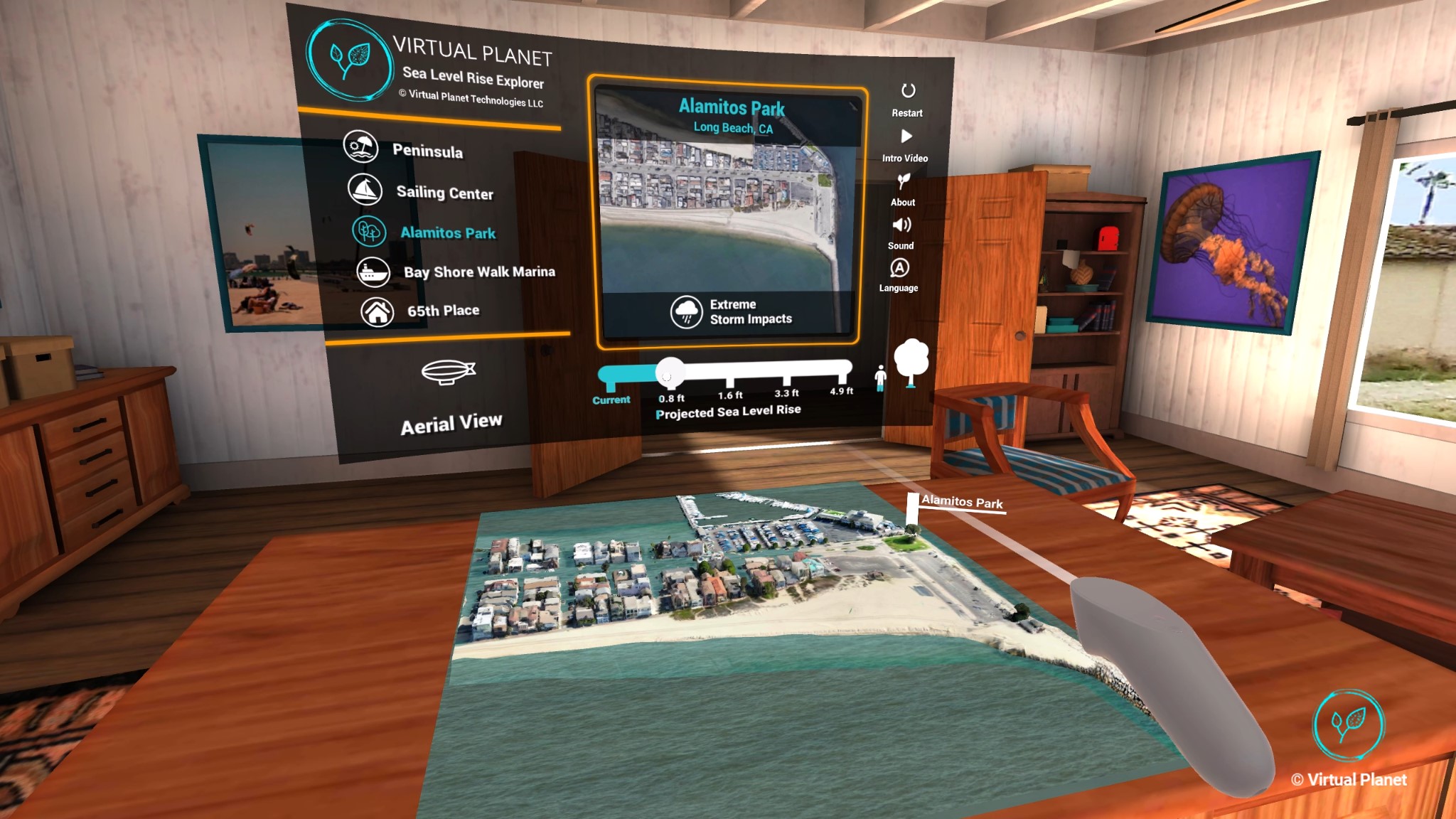
TNC in California teamed up with the Long Beach Aquarium of the Pacific (AOP) to shape a community dialogue around SLR adaptation and the role of managed retreat in one of California’s largest coastal cities, Long Beach. The goal of these dialogues was to find ways of engaging residents that empower them to participate in the design of future communities. The VR experience was developed with input from the community and the tool became a catalyst for community discussions about current and future risk and options for long-term resilience, including controversial topics like managed retreat.

“The impacts of sea level rise are truly hard to visualize. Even though we know what is likely to happen, numbers on a spreadsheet and 2D maps are no match for VR simulations and the visceral experience of seeing the water level rise.”
“Seeing the nature-based solutions we can implement now will make our coasts more resilient,” says Ms. Mann.
Lead author Calil concludes that: “Including local team members was a critical success factor across these three projects as they added legitimacy and trust to the process and were project champions. Local teams also made sure that the VR tools properly represented cultural aspects of each community.”
For More Information
Read the full study: Using Virtual Reality in Sea Level Rise Planning and Community Engagement: An Overview
